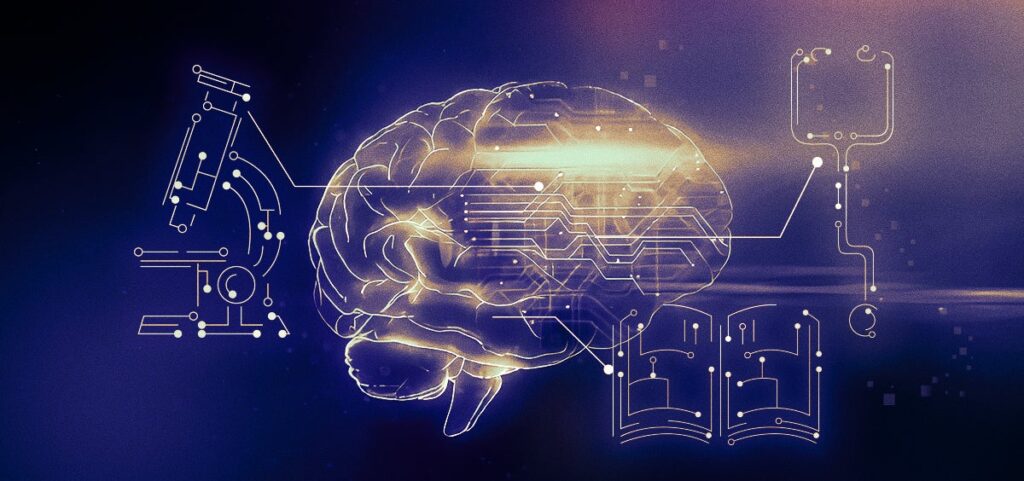Artificial intelligence (AI) can soon be programmed to carry out a vast range of tasks that can be started with a single sentence prompt. Leading AI researchers believe that by 2116, most human functions will be highly automatable, even though this development will probably have a meaningful influence on job roles rather quickly.
The timescale for this forecast has been advanced by fifty years from the previous estimate of 2164, which was issued just a year ago, even though this reality might seem far off. In addition, there are growing trends that, in the next five to ten years, will drastically change the nature of work for IT and business professionals.
These are some of the conclusions drawn from a poll of 2,778 AI professionals, which highlighted both near- and long-term capabilities that AI will enable.
The authors of the survey, who were led by University of California, Berkeley’s Katja Grace and Harlan Stewart, aimed to gauge the advancement toward high-level machine intelligence, which is attained when machines can feasibly “accomplish every task better and more cheaply than human workers.” The respondents to the study provided a wide range of estimates for when such intelligence will be practical in 2022 and 2023. A 50% probability of high-level machine intelligence by 2047 was projected by the aggregate 2023 estimate, which was 13 years ahead of the 2060 date indicated by the 2022 survey.
However, let’s put the long-term predictions aside and concentrate on the kinds of developments that the study indicates we might anticipate from AI in the upcoming years. A summary of the opinions of more than 2,000 AI researchers indicates that a wide range of skills may be in the horizon.
The following outcomes will be completely attainable by AI systems in the next five to ten years, frequently in response to single-sentence prompts. Even the large language models (LLMs) that power these skills will be cleaned up by AI:
Find and fix security flaws: Given a task description of one sentence and no further human input, identify and fix a security problem in an open-source project that has more than 100,000 users.
Construct a website for payment processing: Given a set of requirements, create a website from the ground up that can manage payment processing on its own, handling the front end, back end, and secure payment integration without requiring additional human input.
Assist with specific tasks and provide phone banking services comparable to those of human operators: As good as human operators can, offer phone banking services. Numerous one-time jobs fall within this category, such as assisting a customer in ordering a replacement bank card or explaining how to use a certain feature of the bank website.
From specifications and examples, write legible Python code to implement algorithms such as quicksort: “Write succinct, effective, and readable Python code to implement basic algorithms like quicksort.” In other words, rather than just being able to sort lists, the system should write code that sorts a list.
Fine-tune large language models: Using a single sentence to describe the task, download and optimize an open-source LLM that already exists, omitting any additional human input. The LLM’s performance must be enhanced by the finetune on a predefined benchmark metric.
Run a machine-language study and write a paper: Given a one-sentence summary of a machine-learning research question, conduct a study to help inform the answer to that question and, without additional human input, write a paper of a caliber that could be accepted at a prestigious machine-learning conference.
The researchers believe that lower processing costs will have the largest impact on AI progress. If AI progresses at its current rate, the chance of unaided machines outperforming humans in every possible task is estimated to be 10% by 2027 and 50% by 2047, according to the survey’s co-authors. The latter estimate comes from a similar survey we conducted just a year earlier (2022).
In addition, the authors of the study incorporated forecasts regarding the complete automation of work. Compared to 2164 in the 2022 poll, they project that 10% of human occupations will be totally automatable by 2037 and 50% by 2116, respectively.













